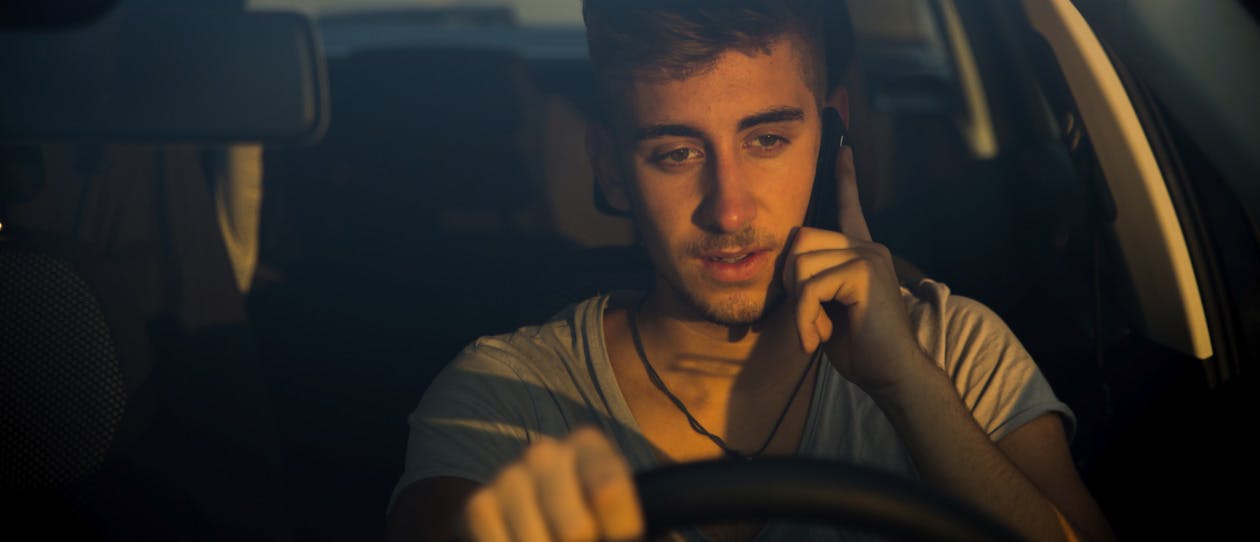Is using a cradle or other hands-free device a safer way to use your phone when driving?
Not necessarily.
Even if you’re driving hands-free, the brain simply doesn’t have the capacity to safely perform both tasks at once, says the Georgia Institute of Technology in the USA.
“A driver’s awareness is overtaken by the content of the phone conversation, and not by the demands of driving,” explains Assistant Robert Rosenberger.
“It doesn’t even matter if the person’s intent to focus is stronger than the willingness to talk on the phone. Sooner or later, the phone-associated habits will subtly tug the awareness away from the road.”
What happens, he says, is this:
1. When we talk on the phone, we enter a ‘zone’ in which everything else falls into the backdrop of our awareness
2. We no longer hear external sounds, such as the radio show we were listening to moments before the phone rang
3. Walls and adjacent object seem to disappear and focus goes to the person to whom we are talking.
Interestingly, the same effect does not apply when a driver engages in chat with a fellow passenger. And this is because both people are actively involved in the car’s journey. So for instance, if you pass an accident, both people take in the lights and extra stimulus, and may slow down or pause their conversation as a result.
If you are talking on the phone, however, the other person has no idea whether you pass an accident site or not. Hence, they keep on talking – unaware of the changed situation.
As Rosenberger says, “The smart choice for our own safety, and the safety of pedestrians and other drivers, is to refrain from using communication technologies – even hands-free alternatives – while behind the wheel. My suggestion: use your drive time to unplug from the digital world.”
Did you know?
The right-hand turn across traffic is more likely to result in accident than any other on-road manoeuvre.
In research from the USA and published in the journal Frontiers in Human Neuroscience, found that the left-hand turn (equivalent to Australia’s right-hand turn) requires far more brain activation than driving on straight roads does, and that when you add a conversation to the mix, vision control reduces significantly.
References available on request


